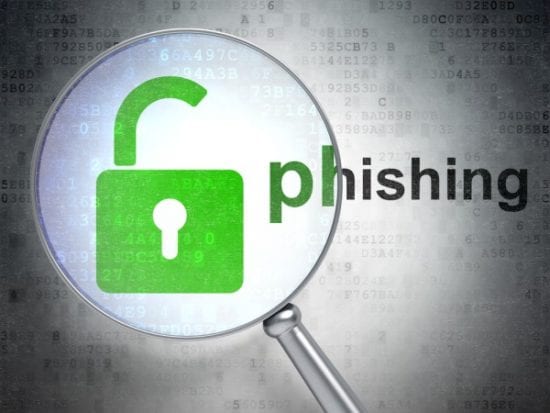It has been reported that Canadian banks are being impersonated in a phishing campaign targeting both individuals and businesses via a large-scale infrastructure shared with previous attacks going back to 2017 and pointing to the same attackers. The infrastructure behind these Canadian focused attacks includes hundreds of phishing websites designed to mimic major Canadian banks’ websites as part of an effort to steal user credentials from the financial institutions’ clients. To get the targets on their phishing landing pages, the attackers use custom-crafted and legitimate-looking email messages with malicious PDF attachments.
The opinions expressed in this post belongs to the individual contributors and do not necessarily reflect the views of Information Security Buzz.



